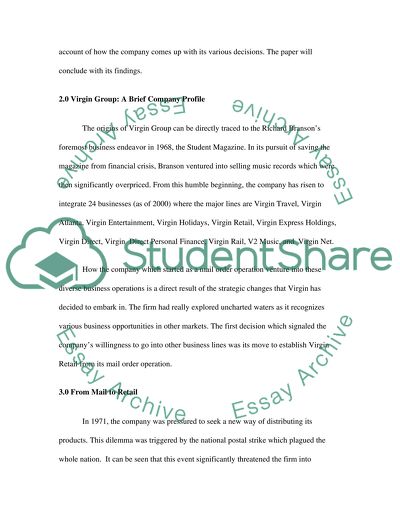Cite this document
(“Business Case Analysis for Virgin Group Essay Example | Topics and Well Written Essays - 2500 words”, n.d.)
Retrieved from https://studentshare.org/miscellaneous/1528844-business-case-analysis-for-virgin-group
Retrieved from https://studentshare.org/miscellaneous/1528844-business-case-analysis-for-virgin-group
(Business Case Analysis for Virgin Group Essay Example | Topics and Well Written Essays - 2500 Words)
https://studentshare.org/miscellaneous/1528844-business-case-analysis-for-virgin-group.
https://studentshare.org/miscellaneous/1528844-business-case-analysis-for-virgin-group.
“Business Case Analysis for Virgin Group Essay Example | Topics and Well Written Essays - 2500 Words”, n.d. https://studentshare.org/miscellaneous/1528844-business-case-analysis-for-virgin-group.


